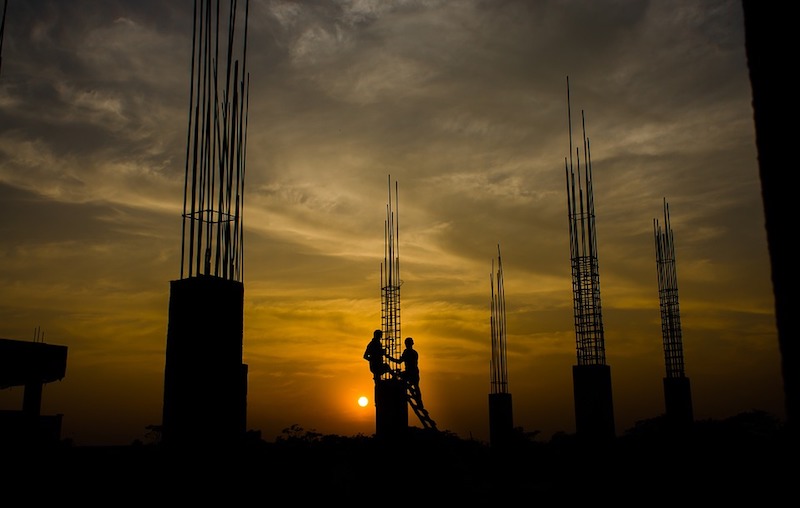Construction contractors remained confident during the second quarter of 2018, according to the latest Construction Confidence Index released today by Associated Builders and Contractors.
More than three in four construction firms expect that sales will continue to rise over the next six months, while three in five expect higher profit margins. More than seven in 10 expect to bolster staffing levels, though that proportion has fallen relative to the previous quarter, perhaps in part due to the skilled labor shortage in the United States. All three key components measured by the survey—sales, profit margins, and staffing levels—remain well above the diffusion index threshold of 50, signaling ongoing expansion in construction activity.
The survey found:
- CCI for sales expectations increased from 72.2 to 72.6 during the second quarter of 2018.
- CCI for profit margin expectations increased from 63.4 to 64.5.
- CCI for staffing levels decreased from 70.2 to 69.5 but remains elevated by historical standards.
“The U.S. economy remains steady, creating opportunities for general and subcontractors alike,” said ABC Chief Economist Anirban Basu. “Recently, infrastructure has been one of the primary drivers and, despite the absence of a federal infrastructure package, state and local governments have expanded their capital outlays. A number of states are also now running hefty budget surpluses, creating the capital and confidence necessary to drive public construction forward. As evidence, construction spending in the water supply category is up 29% on a year-over-year basis, conservation and development (e.g. flood control) by 24%, transportation by nearly 21%, public safety-related spending by 17%, and sewage and waste disposal by 11%.
“The confidence expressed by contractors is consistent with a number of other leading indicators, including the Architecture Billings Index and ABC’s Construction Backlog Indicator,” said Basu. “With financial markets surging, the nation producing a record number of available job openings, and both consumer and business confidence elevated, chances for a significant slowdown in nonresidential construction activity in late 2018 and into 2019 are remote. That helps explain why only about 6% of contractors expect sales to decline over the next six months.
“The longer-term outlook is not as clear,” said Basu. “Interest rates are rising, construction workers and materials have become more expensive and asset prices have become further elevated and therefore increasingly vulnerable to correction. There is also some evidence of overbuilding in certain real estate segments in some communities. Tariff increases and associated retaliation serve as yet another threat to longer-term economic momentum, as do faltering government pension funds. But for now, construction firms can expect to remain busy improving the nation’s built environment. A shortage of skilled workers remains the primary issue, which is expected to continue as more workers retire and insufficient workers join the skilled construction trades.”
CCI is a diffusion index. Readings above 50 indicate growth, while readings below 50 are unfavorable.
Related Stories
Hotel Facilities | Jan 13, 2016
Hotel construction should remain strong through 2017
More than 100,000 rooms could be delivered this year alone.
Market Data | Jan 6, 2016
Census Bureau revises 10 years’ worth of construction spending figures
The largest revisions came in the last two years and were largely upward.
Market Data | Jan 5, 2016
Majority of AEC firms saw growth in 2015, remain optimistic for 2016: BD+C survey
By all indications, 2015 was another solid year for U.S. architecture, engineering, and construction firms.
Market Data | Jan 5, 2016
Nonresidential construction spending falters in November
Only 4 of 16 subsectors showed gains
Market Data | Dec 15, 2015
AIA: Architecture Billings Index hits another bump
Business conditions show continued strength in South and West regions.
Market Data | Dec 7, 2015
2016 forecast: Continued growth expected for the construction industry
ABC forecasts growth in nonresidential construction spending of 7.4% in 2016 along with growth in employment and backlog.













